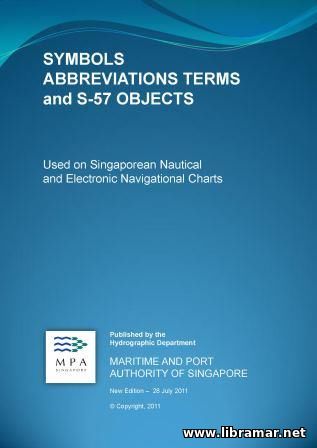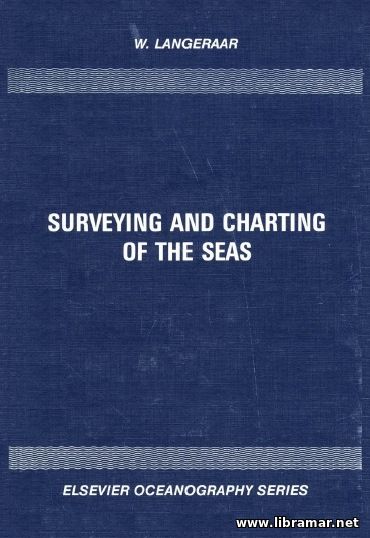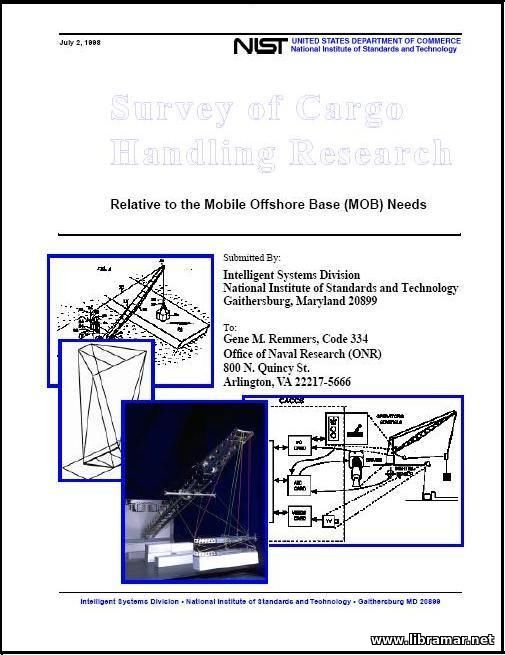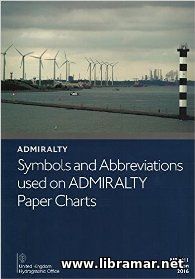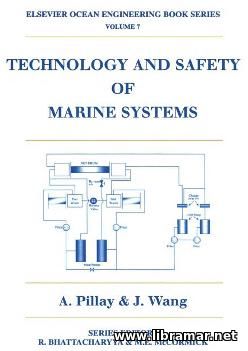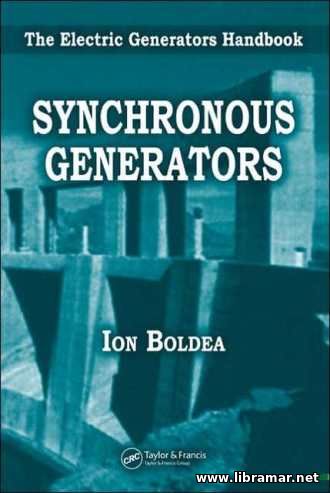
This volume surveys the latest technologies that are used to satisfy the world's need for the cleanest and most efficient electricity and provides a good and thorough examination of the synchronous generators used for various applications. It offers readers a very focused treatment to the modeling and design, control of the performance and testing of the grid-connected and stand-alone generators being operated synchronously.
The publication gives a nice intro to the electrical energy and it's generation, and covers the basic principles of the operation of electric generators. Separate chapter has been devoted to the most popular models of the prime movers for the transients that are used for the active control of generators, while individual chapters of the book explore the various aspects of the large and medium-power generators.
There are many sample results, examples and illustrations highlighting the concept. The book will supply it's readers with all tools that are required to design the right power generation technologies, validate and deploy them, and to fulfill the very complex energy requirements of tomorrow. An excellent book on the topic and perfect reference source for anyone involved in design, construction, operation, maintenance and/or repair of the generators.
